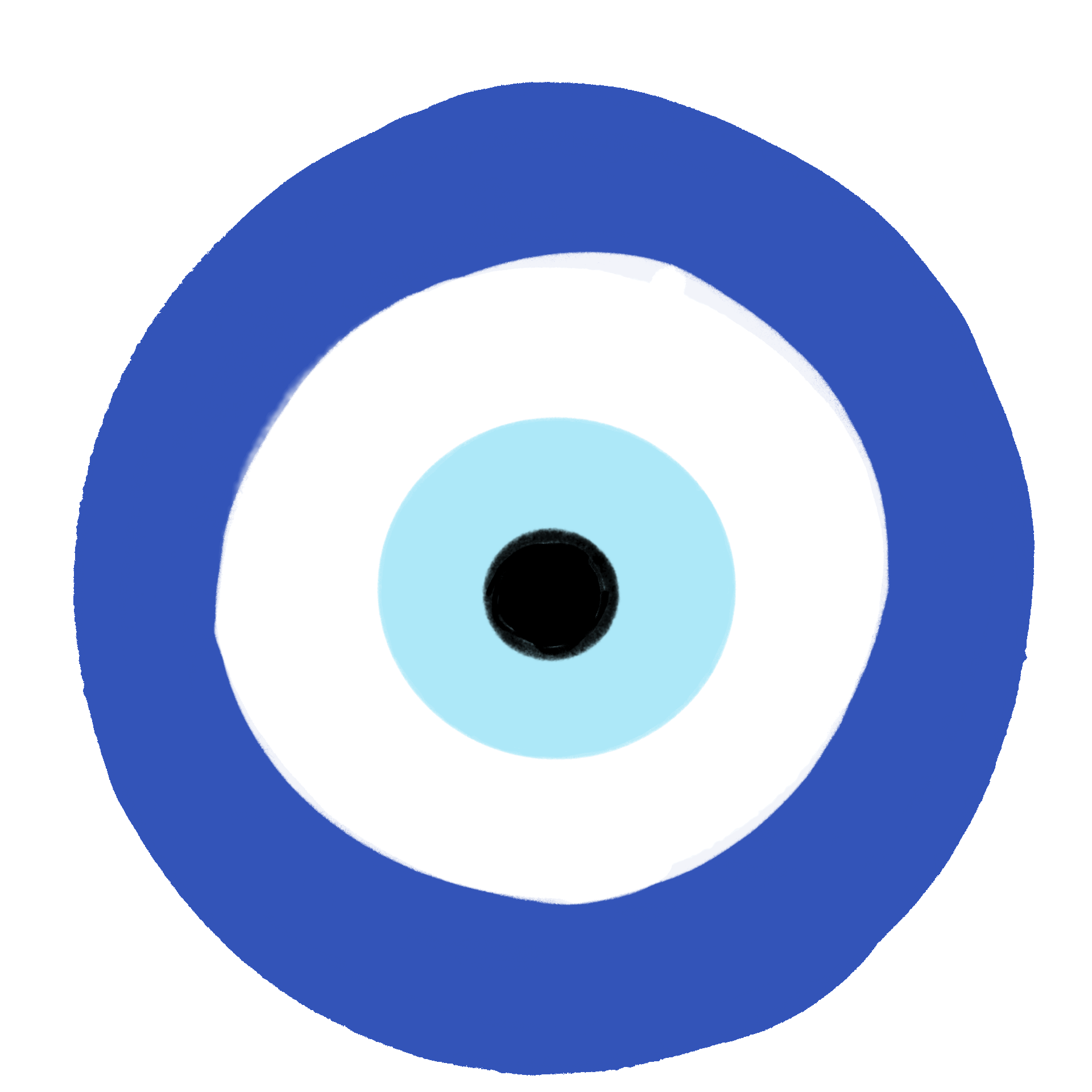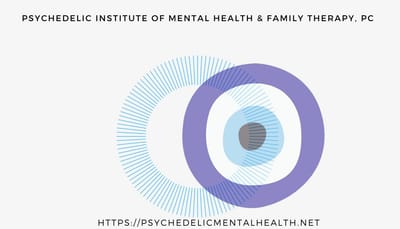Psychedelic Ketamine Assisted Psychotherapy & Support - Prelimary Analysis

The study titled "The Hallucinogen Rating Scale: Updated Factor Structure in a Large, Multistudy Sample" by Abigail E. Calder, Clifford Qualls, Gregor Hasler, David Elmiger, and Rick Strassman investigates the psychometric properties and factor structure of the Hallucinogen Rating Scale (HRS), a widely used tool for measuring subjective effects of psychedelics and other psychoactive substances.
Key Points from the Study:
1. Background:
- The HRS was developed in the 1990s based on experiences with DMT (dimethyltryptamine).
- It has been used in studies on psilocybin, MDMA, ketamine, ayahuasca, salvinorin A, and other substances.
- Previous research on its factor structure had limitations due to small sample sizes and single-substance studies.
2. Methods:
- The authors analyzed 991 HRS questionnaires from 18 studies covering 13 different psychoactive substances-- with only 5 reports related to ketamine
- Exploratory Factor Analysis (EFA) and Confirmatory Factor Analysis (CFA) were used to determine the best factor structure.
- The effects of different drugs and doses were compared using mixed-effects analyses of variance.
ayahuasca - 350
DMT - 63
psilocybin - 102
2C-B - 35
ketamine - 5
salvinorin A - 30
MDMA - 62
MDE - 18
amphetamine -28
d-Methamphetamine - 16
methylphenidate- 30
THC - 54
mCPP - 28
placebo - 172
Number of Hallucinogen Rating Scale (HRS) questionnaires included in our dataset by drug, totaling 991 questionnaires from 599 unique individuals.
3. Results:
- The HRS resolved into 8 factors, improving upon previous models:
- Vision – Visual imagery, hallucinations, brightness, kaleidoscopic patterns.
- Meaningfulness – Autobiographical memory, insights, mystical experiences.
- Dysphoria – Negative effects such as anxiety, panic, fear, and despair.
- Euphoria – Positive emotional effects like happiness, excitement, and awe.
- Somaesthesia – Physical sensations including heart rate changes, tingling, and tremors.
- Auditory and Minor Senses – Changes in sound perception and minor sensory alterations.
- Liking – Overall satisfaction and willingness to repeat the experience.
- Volition – Control over thoughts, body, and situational awareness.
- The new 8-factor model demonstrated superior internal consistency and better fit than previous models.
- Classic psychedelics (DMT, psilocybin, ayahuasca, 2C-B) showed higher scores on all factors compared to stimulants, dissociatives, and placebo.
- The “Meaningfulness” factor uniquely differentiated classic psychedelics from other substances.
- Dose-response relationships were observed, with increasing psychedelic doses leading to stronger perceptual, emotional, and cognitive effects.
4. Implications and Future Directions:
- The HRS remains a valid and reliable tool for assessing psychedelic effects.
- It is useful for research on psychedelic-assisted therapy, personal growth, and altered states of consciousness.
- Future work should explore long-term outcomes, convergent validity with other scales, and new items for unique psychedelic experiences (e.g., entity encounters in DMT).
Conclusion:
This study significantly improves the Hallucinogen Rating Scale by providing a robust 8-factor structure, validated across a large, diverse sample. It highlights the unique characteristics of psychedelics compared to other drug classes and solidifies the HRS as a valuable tool for psychedelic research.

Initial Analysis of 3 years of ketamine assisted psychotherapy practice
Subscribe to continue reading

